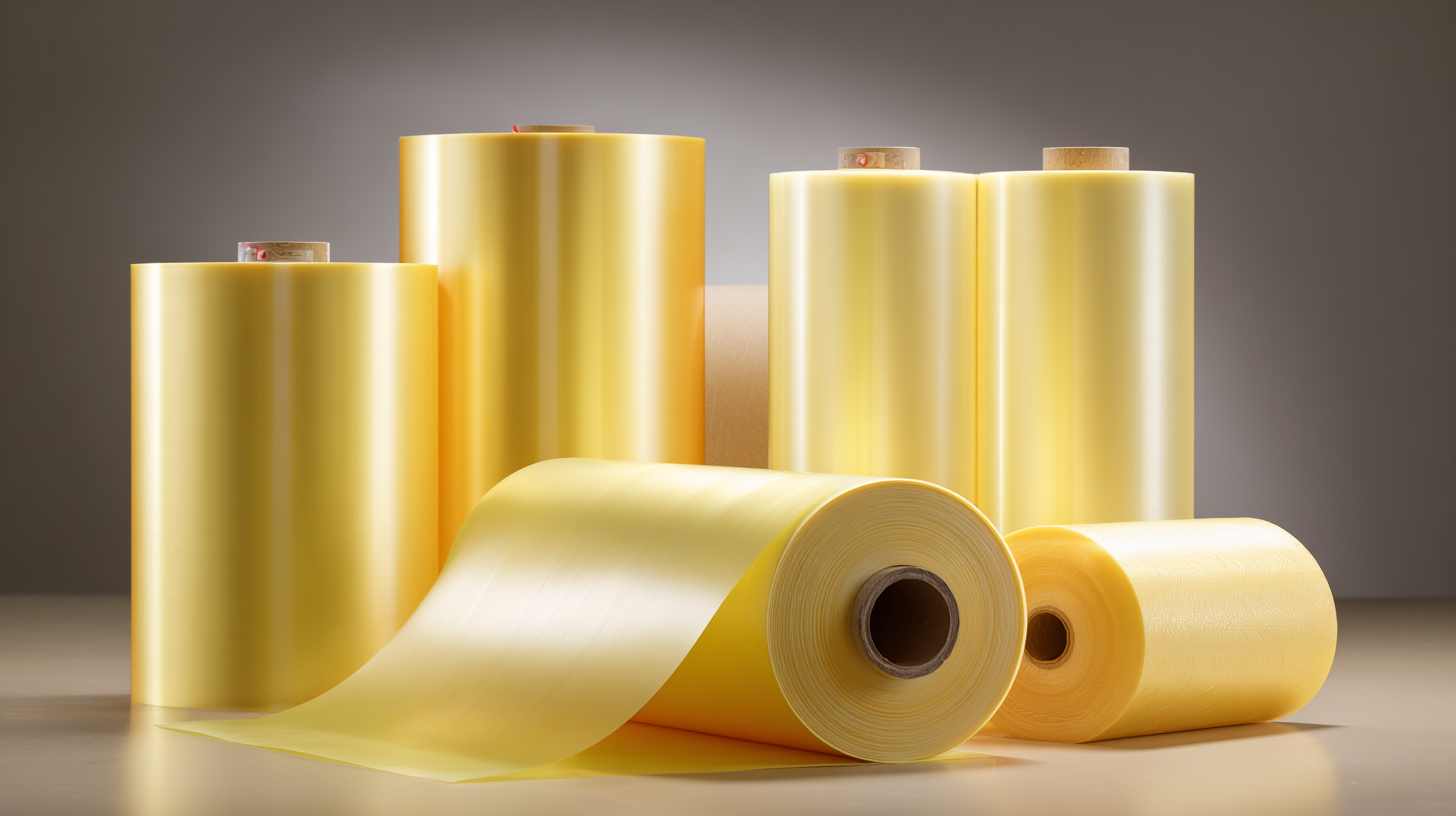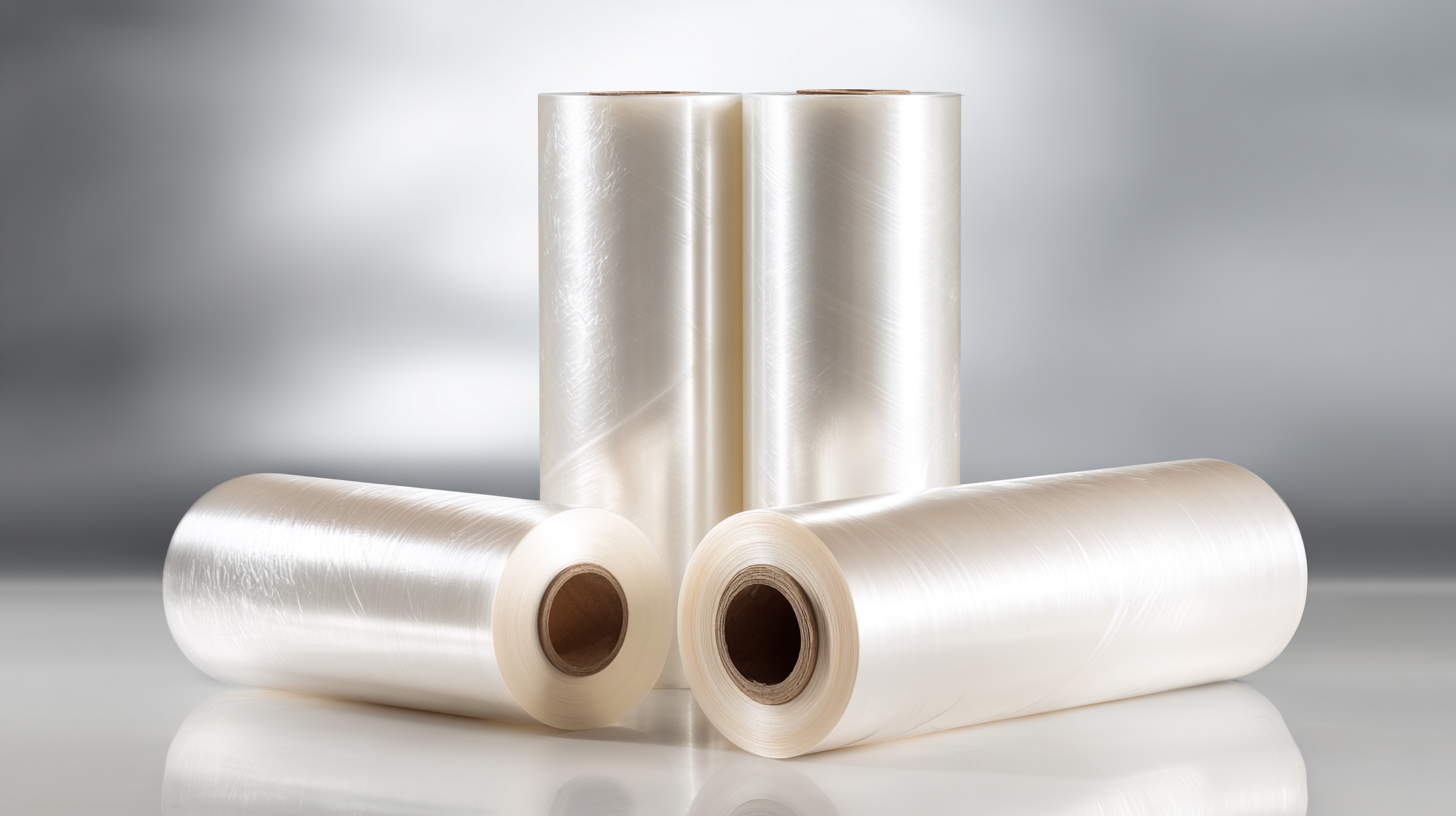In the ever-evolving landscape of packaging solutions, choosing the right Shrink Film Packaging is crucial for businesses aiming to ensure product integrity and enhance shelf appeal. According to a report by Grand View Research, the global shrink film market is expected to reach approximately $11.7 billion by 2025, growing at a CAGR of 5.3%. This growth is driven by the burgeoning demand in various sectors, including food and beverages, consumer goods, and pharmaceuticals. The versatility and efficiency of shrink films make them an attractive choice for manufacturers looking to improve packaging aesthetics while providing essential protection against moisture, dust, and tampering. As industries increasingly focus on sustainability, the selection process for the ideal shrink film packaging solutions involves not only understanding material properties but also assessing life cycle impacts, overall costs, and specific application needs. This ultimate checklist will guide you through the vital considerations necessary to make informed decisions in leveraging shrink film packaging effectively.

Shrink film packaging has become a pivotal solution in the modern packaging industry, offering numerous benefits that resonate with businesses seeking efficiency and effectiveness. According to a report from Smithers Pira, the global shrink film market is projected to grow from $5.2 billion in 2020 to approximately $7.3 billion by 2025, indicating an annual growth rate of around 7%. This statistic underscores the increasing adoption of shrink film as a versatile packaging option that caters to various products, from food items to consumer goods.

One of the standout benefits of shrink film is its ability to enhance product protection while also providing a visually appealing presentation. The same report highlights that shrink films can increase shelf life by up to 30% compared to traditional packaging methods, thanks to their barrier properties. Additionally, shrink film reduces the carbon footprint of packaging processes; a study by the Packaging Industry Association noted that businesses utilizing shrink film packaging could potentially reduce their material usage by up to 20%, leading to both cost savings and environmental advantages. As such, companies not only boost their market competitiveness but also align with sustainability goals by opting for shrink film solutions.
When selecting the right shrink film packaging solutions, adopting a data-driven approach is crucial. The rise of data visualization tools, projected to reach a market valuation of $53.4 billion by 2032, emphasizes how valuable data analysis has become across various industries, including packaging. Companies can utilize these tools to analyze consumer preferences, production costs, and environmental impacts, ensuring they choose a film that meets the demands of both efficiency and sustainability.
Additionally, the insights gained from big data analytics can help businesses in the shrink film industry to better understand trends and predict future developments. With the electric industry's data market expected to grow at a compound annual growth rate of 12.75% from 2024 to 2032, the emphasis on smart solutions is becoming clearer. By leveraging data, companies can enhance their packaging design processes, optimize costs, and ultimately create packaging that not only protects products but also aligns with modern sustainability goals. Adopting these innovative data approaches will undoubtedly lead to better-informed decisions in shrink film selection and contribute to a more sustainable packaging future.
When it comes to selecting the right shrink film packaging solutions, understanding the various types of shrink films and their performance metrics is crucial. Polyolefin shrink films, known for their clarity and versatility, dominate the market, accounting for approximately 45% of the total shrink film consumption. This type of film offers excellent seal strength and is ideal for food packaging, consumer goods, and multipacks, demonstrating an average shrink ratio of 50-70% at optimal heat settings.
In contrast, PVC shrink films are another popular option, favored for their cost-effectiveness and ease of use. They hold around 35% of the market share, primarily in industries requiring lower-cost packaging solutions. However, PVC films typically exhibit a lower shrink rate and reduced clarity compared to polyolefin counterparts.
Additionally, the recent trend towards sustainable packaging has led to the emergence of biodegradable shrink films, which are gaining traction in environmentally conscious markets. Reports indicate that the demand for biodegradable options is expected to grow by over 20% in the next five years, highlighting a significant shift in consumer preferences towards eco-friendly packaging solutions.
 Sustainability is increasingly becoming a focal point in the packaging industry, and shrink film is no exception. As consumers become more environmentally conscious, brands are seeking eco-friendly packaging solutions that align with market trends. The good news is that advancements in shrink film technology have led to several sustainable options, such as biodegradable films and those made from recycled materials. These alternatives not only help reduce waste but also appeal to the growing demographic of eco-aware consumers who prioritize sustainability in their purchasing decisions.
Sustainability is increasingly becoming a focal point in the packaging industry, and shrink film is no exception. As consumers become more environmentally conscious, brands are seeking eco-friendly packaging solutions that align with market trends. The good news is that advancements in shrink film technology have led to several sustainable options, such as biodegradable films and those made from recycled materials. These alternatives not only help reduce waste but also appeal to the growing demographic of eco-aware consumers who prioritize sustainability in their purchasing decisions.
Moreover, the market is witnessing a significant shift towards products that demonstrate a commitment to environmental stewardship. Innovative films that maintain high performance and clarity while being compostable or recyclable are gaining traction. This shift not only meets regulatory standards but also enhances brand loyalty. By investing in sustainable shrink film solutions, companies can reduce their carbon footprint while positioning themselves as leaders in the green revolution of packaging. Businesses that embrace these eco-friendly options stand to benefit from increased consumer trust and potential competitive advantage in a crowded market.
When evaluating packaging options, the economic impact of shrink film solutions plays a pivotal role in decision-making. The cost-effectiveness of shrink films is evident in their ability to provide superior protection while minimizing packaging waste. By utilizing shrink films, businesses can optimize shipping efficiency, as these materials conform tightly to products, reducing unnecessary bulk and ultimately lowering transportation costs. This flexibility not only streamlines logistics but also translates to significant savings on both materials and shipping expenses over time.
Moreover, the longevity and durability of shrink films enhance their economic viability. Unlike traditional packaging methods that may require frequent replacements, high-quality shrink films are resistant to moisture, dust, and physical damage, extending the shelf life of packaged goods. This durability minimizes the risk of product loss and ensures that items reach consumers in pristine condition. Additionally, the lightweight nature of shrink film reduces freight charges and has a smaller environmental impact, making it a smart choice for companies aiming to enhance both their bottom line and sustainability efforts.
